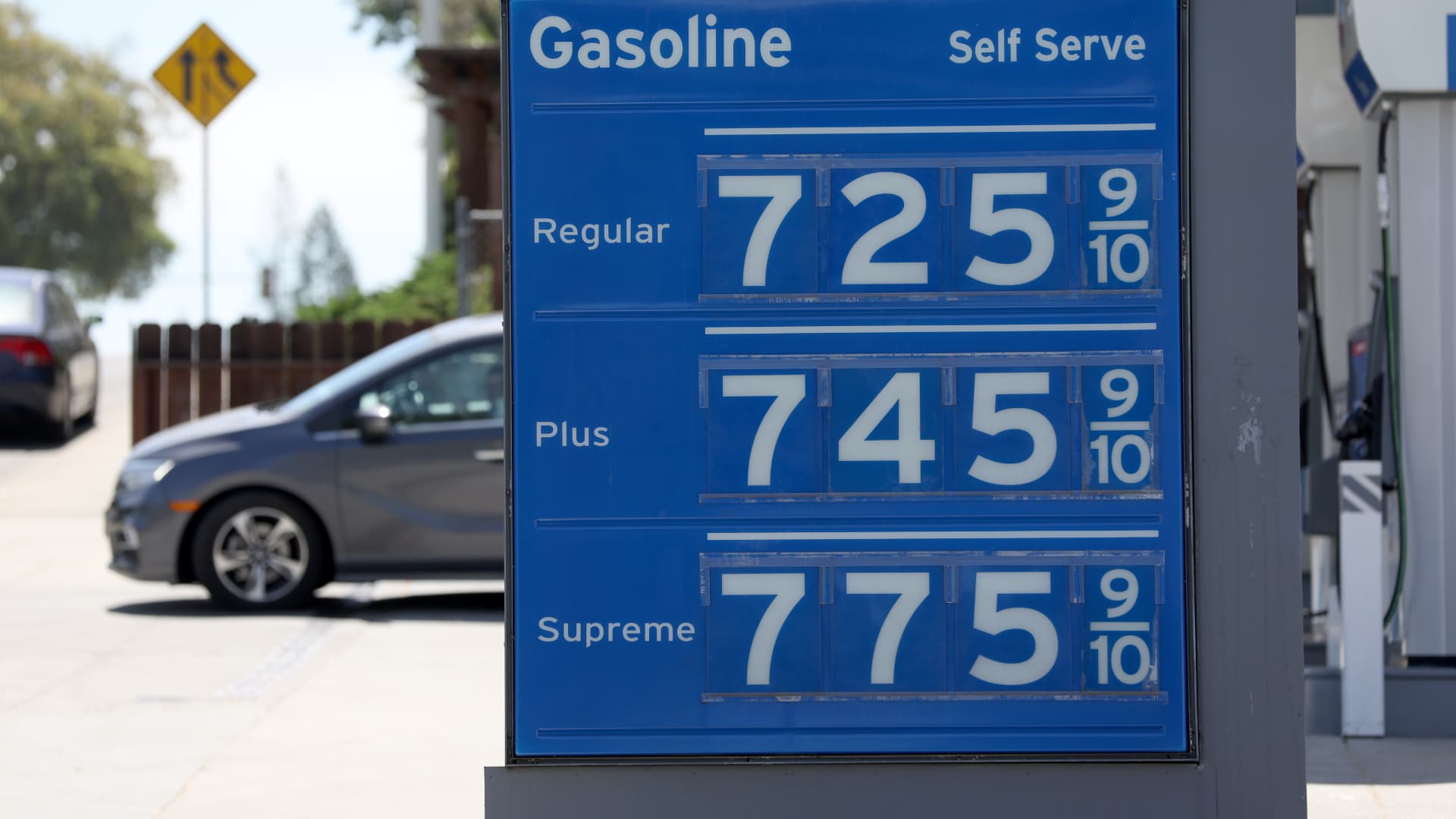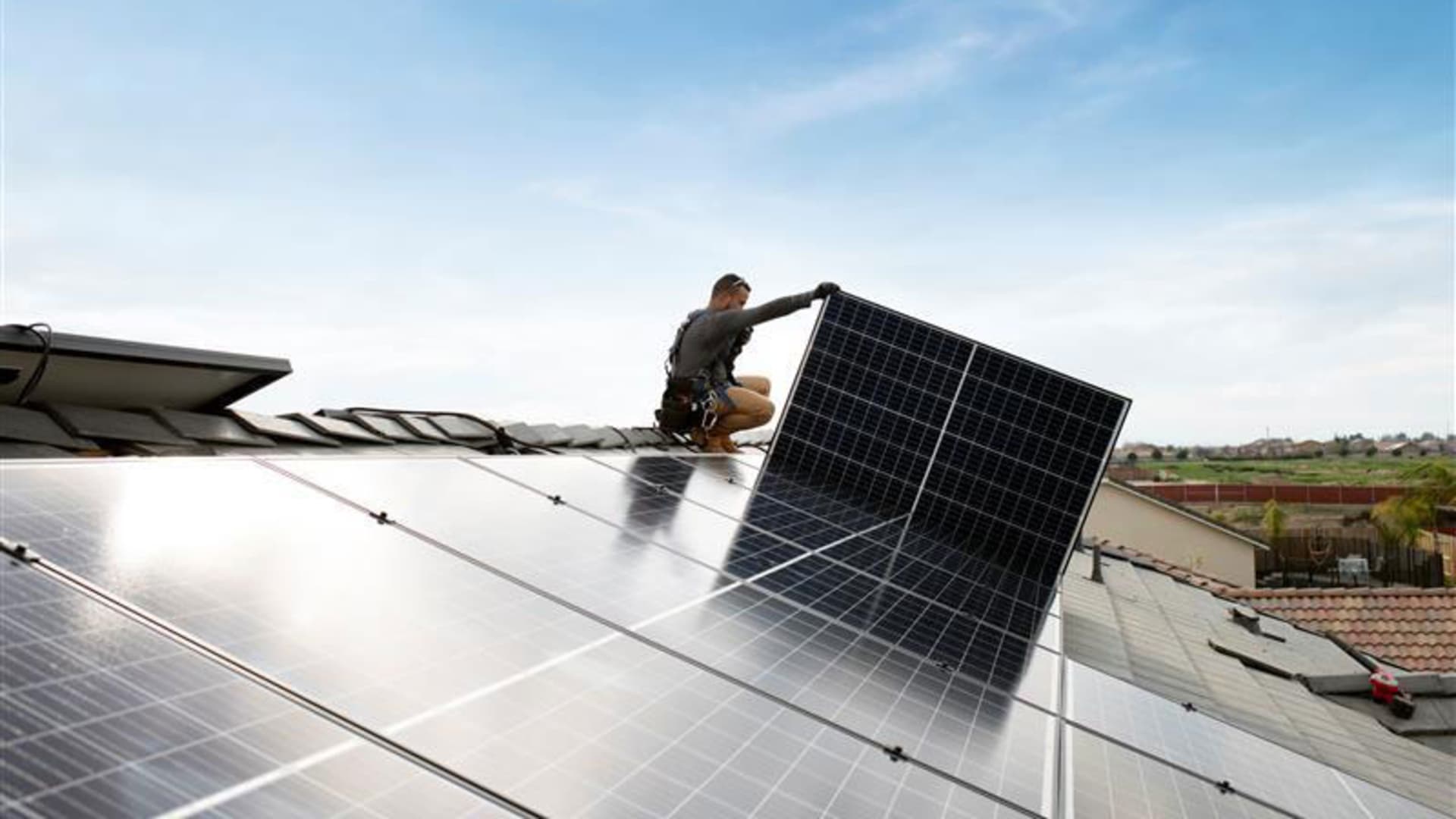Ford Converting Factory For New Electric Crossover During European Summer Vacation

In Europe, people take real summer vacations. Europeans get a lot of time off. As some Europeans I knew were fond of saying, they work to live, they don’t live to work. European factory workers at the Cologne Ford factory in Germany are enjoying a nice lengthy summer vacation (aka holiday), but work is actually not stopping at the site. Instead, construction and remodeling teams are transforming the factory in order to ready it for production of a new electric model.
Ford has an interesting position in the European electric vehicle market. Its Ford Kuga PHEV is one of the only plugin hybrids on the continent’s list of the top 20 best selling plugin vehicles on the market, and the Kuga PHEV was even second in May across the continent (6th in the first 5 months of the year). It is clearly the most successful plugin hybrid on the market at the moment. The Mustang Mach-E was also pretty popular there for a while, but Ford has production capacity for only so many of them, so it’s hard to know how much demand there could be. The key point, though, is that Ford could probably sell a lot of cost-competitive, mass-market electric crossovers — and that seems to be the plan.
“We have to set up a completely new production line for the new all-electric crossover,” says Ford Planning Manager Dr. Darko Drazic. “We are using the company holidays to push ahead with the conversion to the Electrification Center at full speed.” The new electric Ford model will go into production in 2023. Here are a few more notes from Ford on the factory conversion project:
- In the paint shop alone, extensive conversion work is being carried out on 45 construction sites. New technologies will ensure improved efficiency in the future, save around 2,000 tons of CO 2 per year and reduce energy consumption by around 2,600 megawatt hours
- Construction work for the two new production halls that are being built for the Cologne Electrification Center on the factory premises is almost complete
- In the body shop, as well as in the other production areas, the Fiesta production is being redesigned in order to generate free space for the new facilities.
The Fiesta has been produced on two production lines in Cologne, but one of those is now being “completely dismantled.”
Ford notes that it is also adding a lot more automation with the new production line for the electric crossover. Whereas 4 robots tightened 6 screws in the Fiesta production, they will have the task of fastening 53 screws on the new electric model.
Many more details on the factory revamp can be viewed here. As part of that, Ford is making the production processes much more efficient and sustainable. “The sustainability aspect is particularly important to Ford when converting to the Cologne Electrification Center. It contributes to an overarching corporate goal: by 2035, Ford wants to be climate-neutral at all European locations — not only in production, but also in logistics and in the supply chain.”
The conversion project is not a cheap investment either. It is estimated to cost €2 billion (that’s billion with a “b”). Press releases and ambitious statements are one thing, but putting real cash money down is what shows a company is truly serious, and this €2 billion is no small investment. “This is the largest investment in the 91-year history of the Cologne Ford works,” Ford states. In addition to the electric crossover mentioned above, a little bit further down the road, Ford will start producing another electric vehicle at the Cologne Electrification Center. “The first all-electric model will roll off the assembly line at Ford’s first Electrification Center in Europe from 2023, and a second electric model will follow from 2024. Ford plans to produce 1.2 million units of these two electric models within six years.” Some rough math implies that Ford plans to sell more than 100,000 units of each of those electric models every year.
As reported in February 2021 when Ford made the announcement, the Detroit-based automaker plans to sell only 100% electric vehicles in Europe by 2030. At the time of that announcement, Ford indicated it would spend $1 billion on the new Cologne Electrification Center. This more recent announcement puts the figure at €2 billion ($2.03 billion). Another thing announced alongside the February 2021 press release was that Ford would produce its first electric model from this Cologne Electrification Center in 2023. That does seem to line up well with Ford’s current plans. Additionally, the following are some other targets from the automaker:
- By mid-2026, 100% of its passenger vehicle models will be zero emissions capable, fully electric or plug-in hybrid.
- By 2024, 100% of Ford’s commercial vehicle models will be zero emissions capable, fully electric or plug-in hybrid.
- By 2030, “two-thirds of commercial vehicle sales expected to be all-electric or plug-in hybrid.“
“Our announcement today to transform our Cologne facility, the home of our operations in Germany for 90 years, is one of the most significant Ford has made in over a generation. It underlines our commitment to Europe and a modern future with electric vehicles at the heart of our strategy for growth,” Stuart Rowley, president of Ford of Europe, noted back in February 2021.
At the time of that announcement, it was also highlighted how important it was that Ford was demonstrating its commitment to an electric future, and working to revamp its global business on the backs of electric vehicles.
“Our announcement today to transform our Cologne facility, the home of our operations in Germany for 90 years, is one of the most significant Ford has made in over a generation. It underlines our commitment to Europe and a modern future with electric vehicles at the heart of our strategy for growth,” Stuart Rowley, president of Ford of Europe, noted.
Touching more on the financial side of the business, the company writes, “Having successfully restructured and returning to profitability in Europe in the fourth quarter of 2020, Ford moves to next phase of plan, led by an all-electric future; remains on track to reach 6% EBIT margin as part of company’s plan to turnaround its global automotive operations.”
The plan seems to be working well do far. Let’s see what is to come.
Appreciate CleanTechnica’s originality and cleantech news coverage? Consider becoming a CleanTechnica Member, Supporter, Technician, or Ambassador — or a patron on Patreon.
[embedded content]
Advertisement
 This post has been syndicated from a third-party source. View the original article here.
This post has been syndicated from a third-party source. View the original article here.





